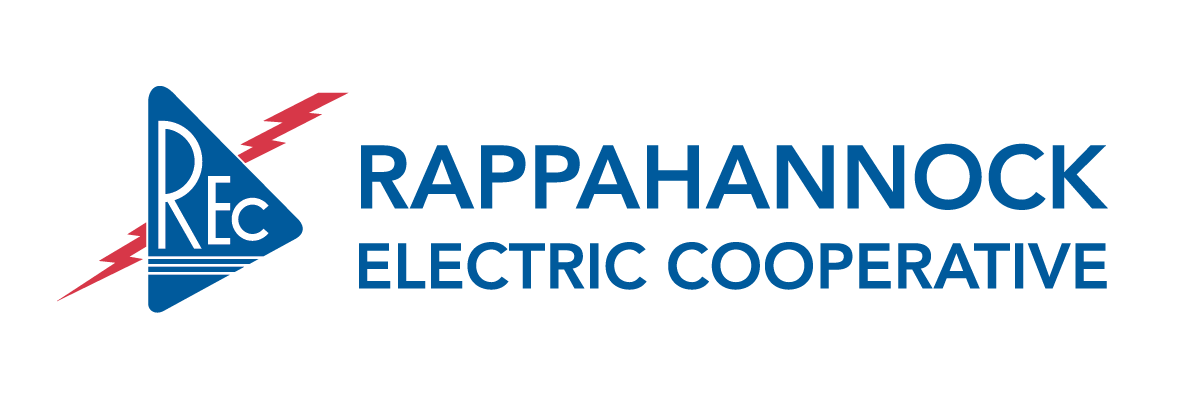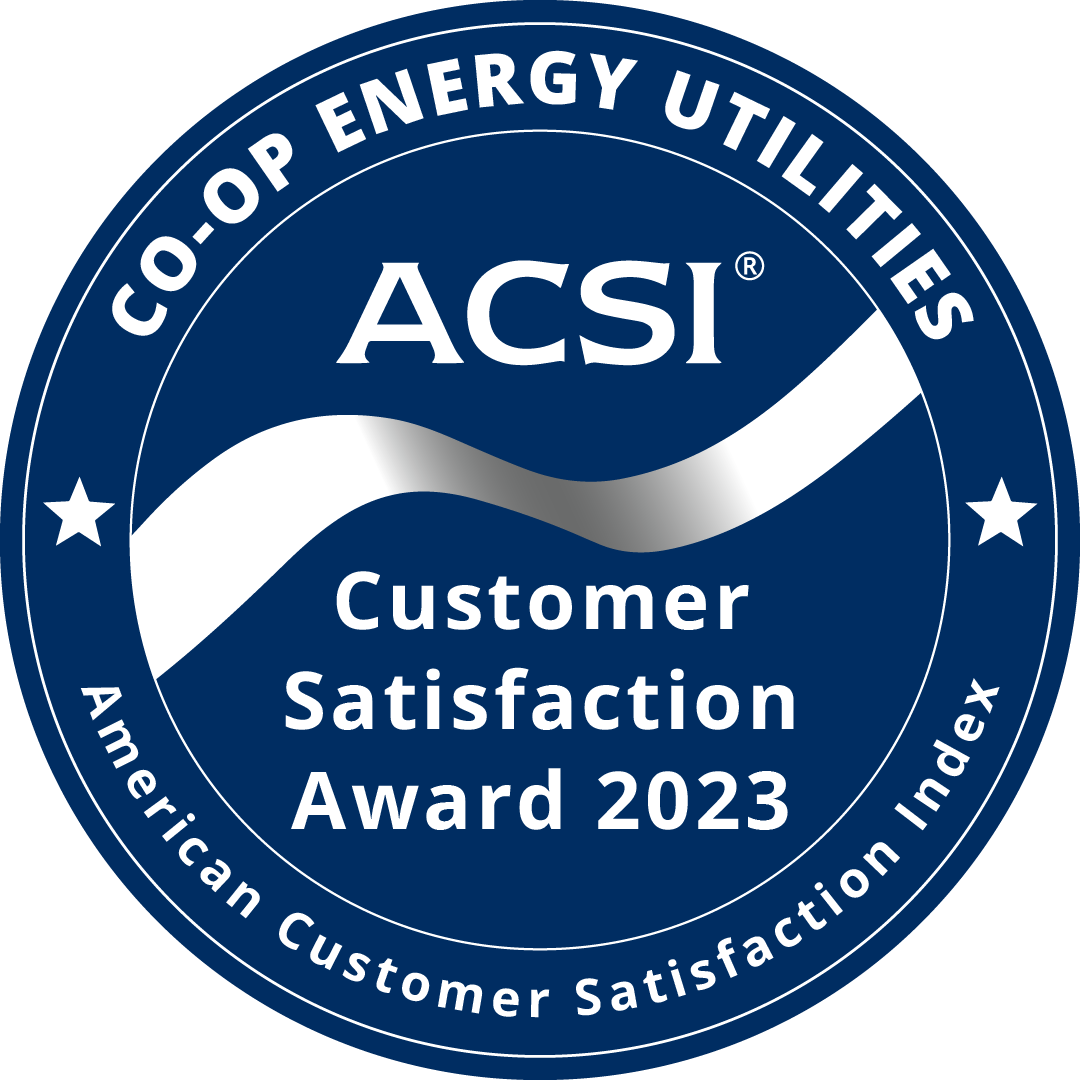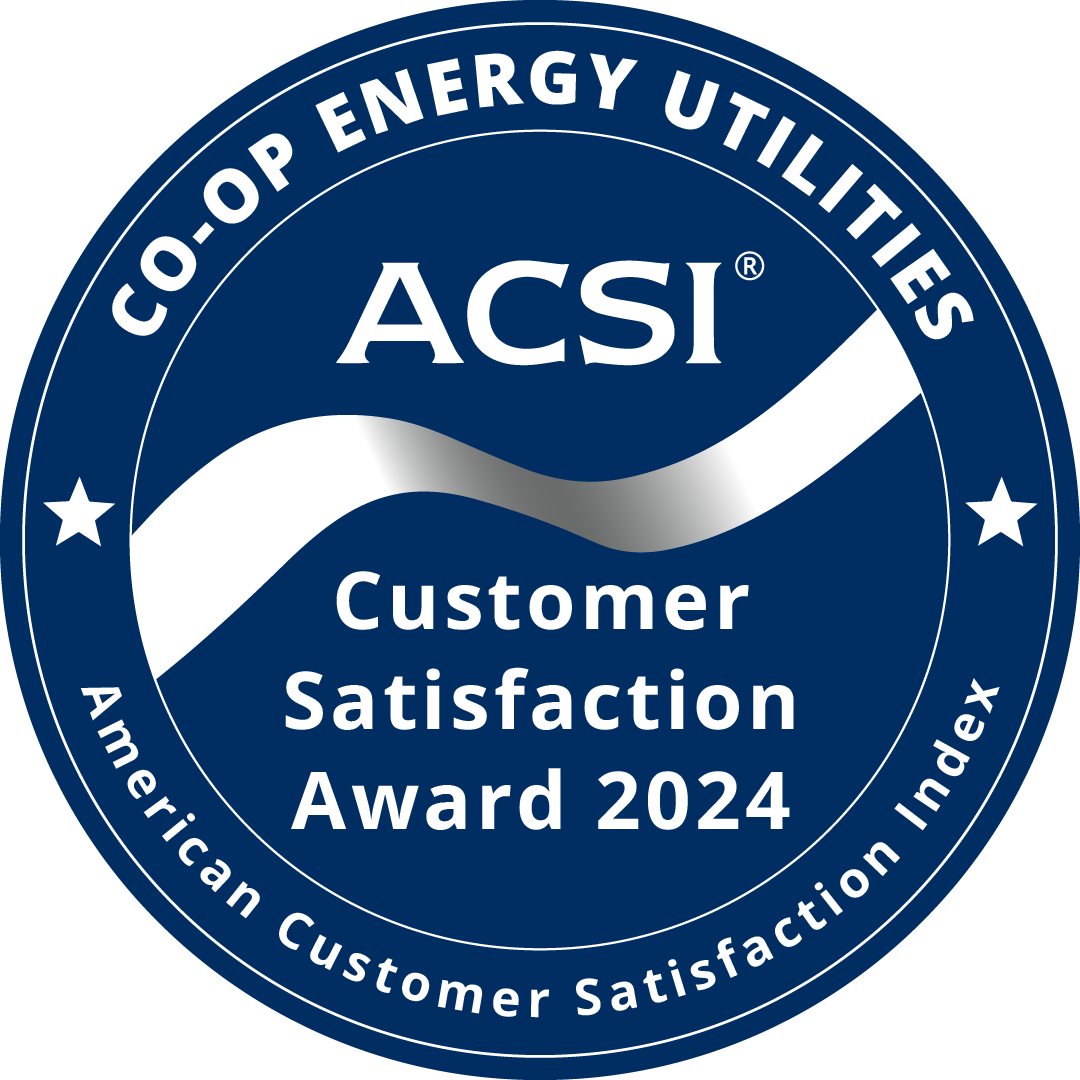Going solar is a great way to save energy, reduce peak demand and highlight your organization's commitment to sustainability. Before you install solar power, however, it's important to take steps to better manage your energy use. You'll save money, get more out of your new solar system and improve the return on the financial investment that you've made in renewable energy.
Improving your energy performance
Managing your energy use is an ongoing process of tracking, evaluating, setting goals and measuring progress.
Benchmarking. Measuring and comparing your energy use is crucial in identifying opportunities to improve efficiency. Collect energy-use data and benchmark it against similar facilities using the ENERGY STAR Portfolio Manager™ tool. Periodically evaluate your energy usage as a baseline for measuring future performance.
Energy assessment. Hire a qualified professional to perform an energy audit of your facility. The auditor will inspect your facility and energy-using systems. You'll receive a targeted set of energy efficiency improvement recommendations, as well as an estimate of their cost and savings potential.
Upgrading for savings. Following the recommendations from your energy assessment, implement conservation measures, such as lighting or HVAC upgrades. To justify the cost to financial decision makers, perform a lifecycle cost analysis of each improvement measure to highlight the potential return on investment.
Continuous improvement. Long-term savings require a sound energy management plan. Set energy performance goals and regularly monitor your energy use data. Analyze the data to track your progress, identify improvement measures and set new performance goals.
6 steps to installing solar power
The design and performance of your solar system depends on how much of the sun's energy reaches your site. On-site locations for commercial solar installations include building rooftops and parking. Ground-mounted systems can also be used if enough land is available. The following are the stages in a typical solar installation:
1. Site assessment. A regulatory review ensures that you have the right to install solar on your property. Assessment also includes an evaluation of the site to determine which type and size of solar system will work best, as well as where and how to connect the system to the grid.
2. Design. Plans for design and installation are formalized. You'll receive drawings showing how the system will be arranged to maximize power generation, as well as plans detailing how the construction will be carried out.
3. Installation. The installation process can vary depending on the type and size of the system. A simple rooftop system can be completed in two or three weeks, while more complex systems can take up to several months to install.
4. Commissioning. Your solar provider confirms that your system was installed according to plan, and your energy company gives you permission to connect your solar system to the grid.
5. Operation and maintenance (O&M). Proper maintenance helps optimize the performance of your system and increase its lifespan. Work with your system provider to specify your organization's responsibility for O&M, and what services they will provide.
If installing solar at your facility is not possible, you can purchase renewable energy credits or participate in a community solar program. No matter which method you choose, sound energy management will help maximize the potential of your investment in solar power.



